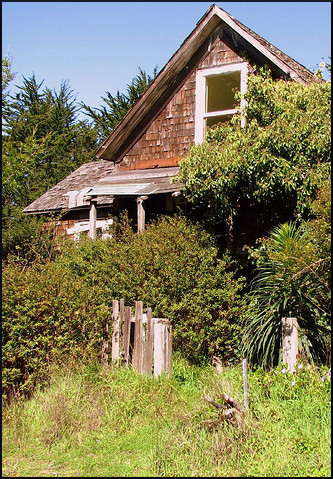
Dozens of news stories show up daily in answer to the alert term “homeless.” Every now and then, one comes along that incorporates such classic elements that it would make the perfect case study for interstellar sociologists to puzzle over. Visualize a teacher from another planet, standing in front of a class full of students, trying to explain the strange ways of Earth.
Suppose that teacher picks a random a news story originating in Washington Township, a 23-square mile area that encompasses 7 communities in Gloucester County in southern New Jersey. Conscientiously, the teacher has looked up some background information. Last year, Gloucester County’s point-in-time count found 585 homeless people (and these counts are generally understood to be on the low side because of the “hidden homeless” factor). Strangely, entering the word “homeless” into the search box at Washington Township’s official website fails to return any result.
Make no mistake, Gloucester County seems to have quite a lot going on in the way of food pantries and so forth. But life is hard for the unemployed and the underemployed. Preparing for class, the teacher finds an article written by Samantha Melamed, who quotes an official saying that the county gets about 1,900 Section 8 vouchers from the federal government, while 8,000 people are on the waiting list for them. In temporal terms, that usually works out to a wait of about 4 years for affordable housing. In other words, a family that applied for subsidized housing back in 2011 when Melamed’s piece was published might just now be accepted. She notes:
Part of the problem is that cheap housing in our region is staggeringly hard to come by.
Yet, throughout that same region, houses sit empty—which is the subject of the current news item chosen by the alien teacher to make some points about human illogic on our weird planet. Its title is “Gloucester County cracks down on abandoned homes.” Zeroing in on a typical property, the reporter writes:
Weeks’ worth of wet newspapers are piled in the driveway…Trash cans and debris are stacked along a fence, and vines hang from the empty brown house’s gutters…The dwelling is among more than 370 vacant properties in the municipality and 3,000 in Gloucester County…
In other words, here’s a county with an official homeless count of 585 bodies, and 3,000 empty dwellings. What is wrong with the Earth inhabitants that they can’t figure something out? Even a neighboring “fast-growing” community called Woolwich holds 51 abandoned properties within its borders, and the news piece says:
Last year, the township experienced a “big uptick” in foreclosures and homeowners walking away from houses.
Here, the teacher from another planet might point out how the Earthlings keep saying their latest financial crisis happened in 2008, while evidence like this shows it is obviously still going on. Who do they think they’re kidding? Residents are upset because the banks don’t take care of foreclosed properties, so the grass grows hip-high and the buildings decay, lowering the market value of inhabited houses. One question the alien students might ask is, “Obviously, these Earthlings planned to establish long-term residence in this place. Since their intent is to stay, why do they care about the current market value? In fact, if the property is valued lower, doesn’t that mean they pay a lower tax?”
Meanwhile, an official notes that neglect and the resulting blight create “a significant quality-of-life impact.” But at the same time, the Earthlings are totally oblivious to the “quality-of-life impact” on the people who have no roof over their heads, while perfectly usable buildings sit empty. How can they sit back and be comfortable with this ridiculous waste of resources?
Registries are created with databases to keep track of who owns “abandoned” buildings, so the owners can (theoretically) be forced to pay for upkeep. More often, the best outcome is that a house will decay quickly, so it can be labeled “unsafe for human occupancy” and demolished, which is cheaper than paying for a landscaping crew year after year. Across America, how many houses are truly unsafe and unsalvageable, and how many viable buildings are arbitrarily labeled that way because it is the necessary bureaucratic step toward forcing the owner to tear them down?
Of course there is more to be said on this subject, and House the Homeless will be back to say more next time.
Reactions?
Source: “Far From Home,” SouthJerseyMagazine.com, March 2011
Source: “Gloucester County cracks down on abandoned homes,” TheDailyJournal.com, 03/21/15
Image by David Berry


